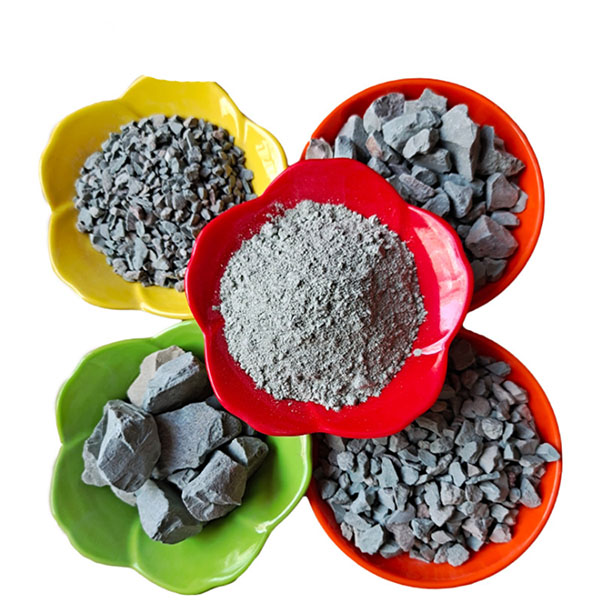Up to now, there are 40 kinds of natural zeolites in the world, and there are 150 kinds of synthetic zeolites. The color is light gray and flesh red. Because zeolite is filled with tiny holes and channels, it is lighter than ordinary stone. If zeolite is compared to a hotel, there are 1 million “rooms” in this cubic micron “Super Hotel”! These rooms can automatically open or block the door according to the gender, height, weight and hobbies of the “passengers” (molecules and ions), and will never let the “fat” enter the “thin” room by mistake, nor will the “tall” and “short” live in the same room. According to this characteristic of zeolite, people use it to screen molecules, recover copper, lead, zinc, cadmium, nickel, molybdenum and other metal particles from industrial waste liquid, and become the “natural molecular sieve” bestowed by heaven.
For a long time, people only put zeolite as a kind of special stone in the museum for people to visit. It was not until the 1960s that it attracted the attention of the world as a mineral exploitation. At that time, there was still a blank in this aspect in China. In June 1972, a geologist discovered the first zeolite in China in Shaoyun County, Zhejiang Province, which attracted great attention of the geological circles all over the country. Subsequently, 140 zeolite deposits were discovered in 21 provinces and autonomous regions. Zeolite deposits have been found in more than 40 countries in the world, such as the United States and Japan, with a total number of more than 1000, mainly distributed in the Pacific rim and the Mediterranean region.
Zhejiang has the largest zeolite reserves in China, especially in Jinyun County. In 1976, a geological team in Zhejiang Province discovered a strange phenomenon when prospecting in Jinyun area, Zhejiang Province: the chicken manure in the local farm chicken coop has no odor. What’s the matter? It turns out that every household in the area sprinkles a layer of mineral powder into the chicken coop. This kind of powder can not only absorb odor, but also purify the air. It can absorb 99% of sulfur dioxide in the air. Using it to treat wastewater can absorb 100% ammonia ion, and the purification degree of petrochemical wastewater can reach about 65%. Zeolite is widely used as adsorbent, ion exchanger and catalyst, as well as gas drying, purification and sewage treatment, because of its adsorption, ion exchange, catalysis, acid resistance and heat resistance. Therefore, it has become the killer of “three wastes” – waste gas, waste water and waste.
Shijiazhuang Huabang mineral products Co., Ltd. specializes in processing and producing zeolite. Any demand can contact us directly.
Tel: 0086-13001891829 (wechat / WhatsApp) email: info@huabangkc.com
Post time: Jan-18-2021


